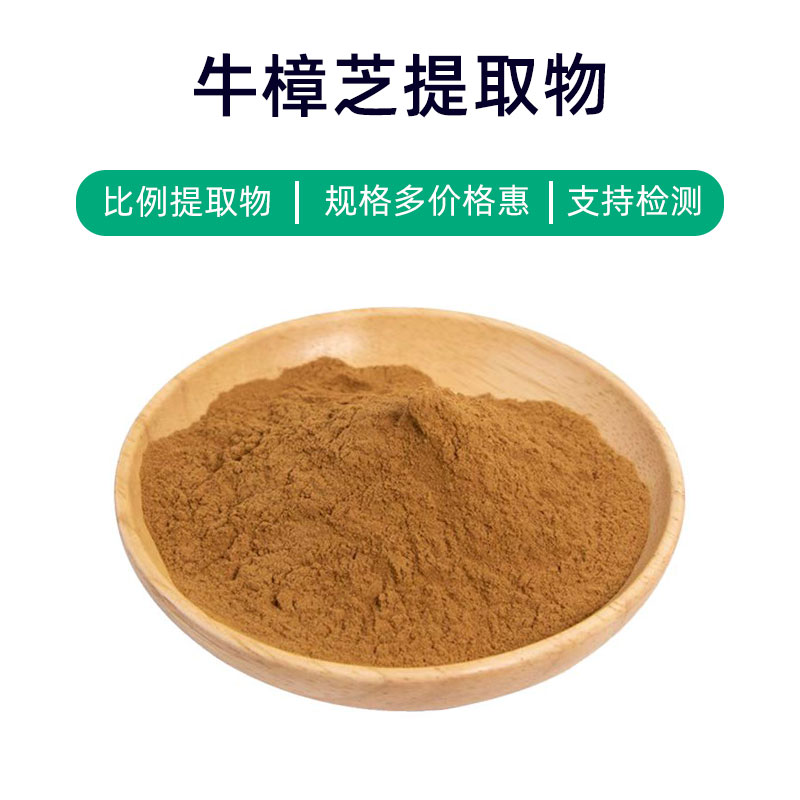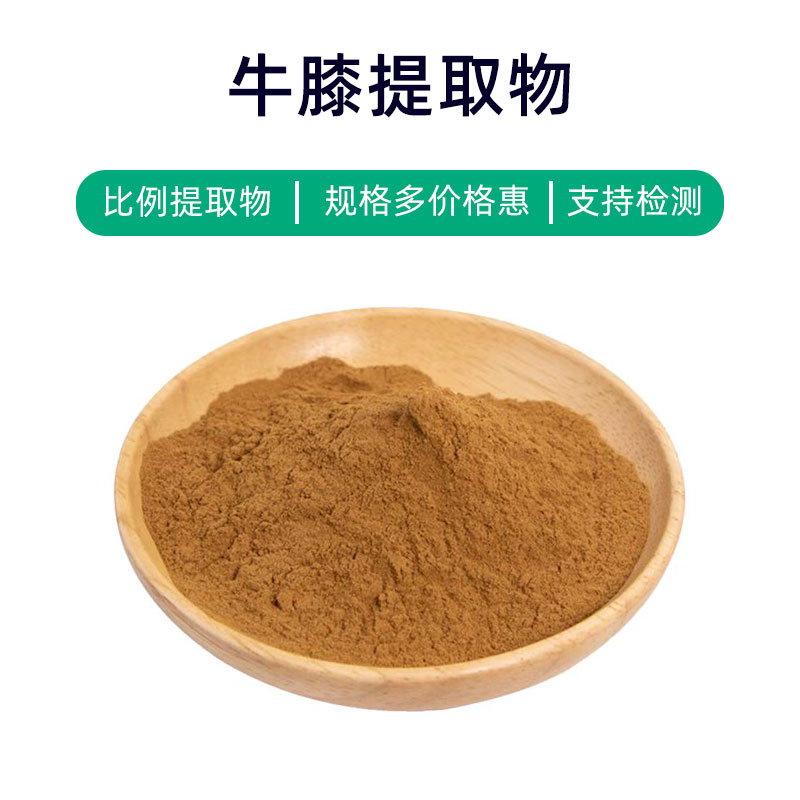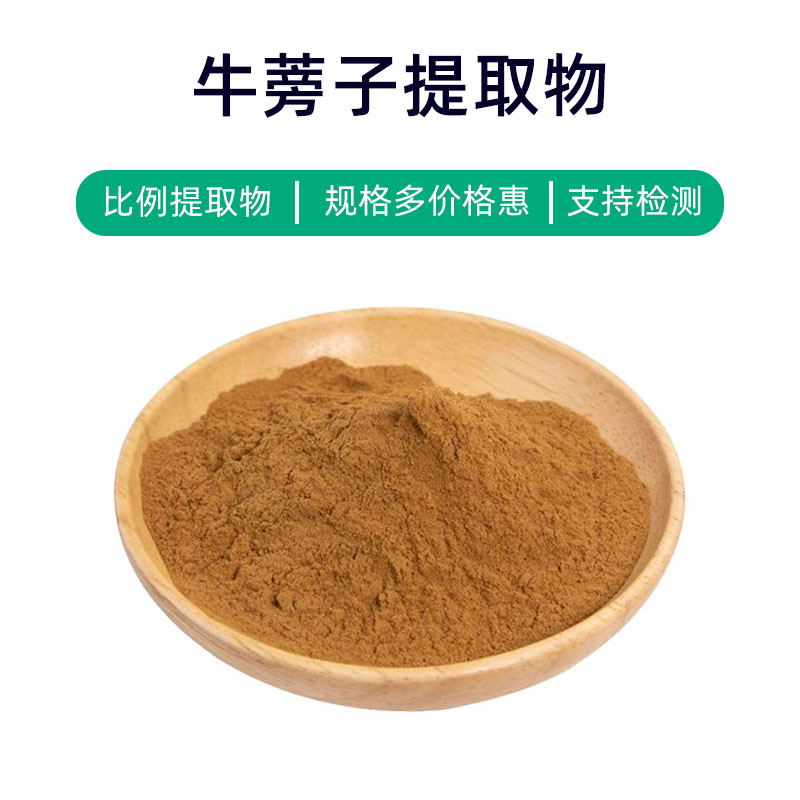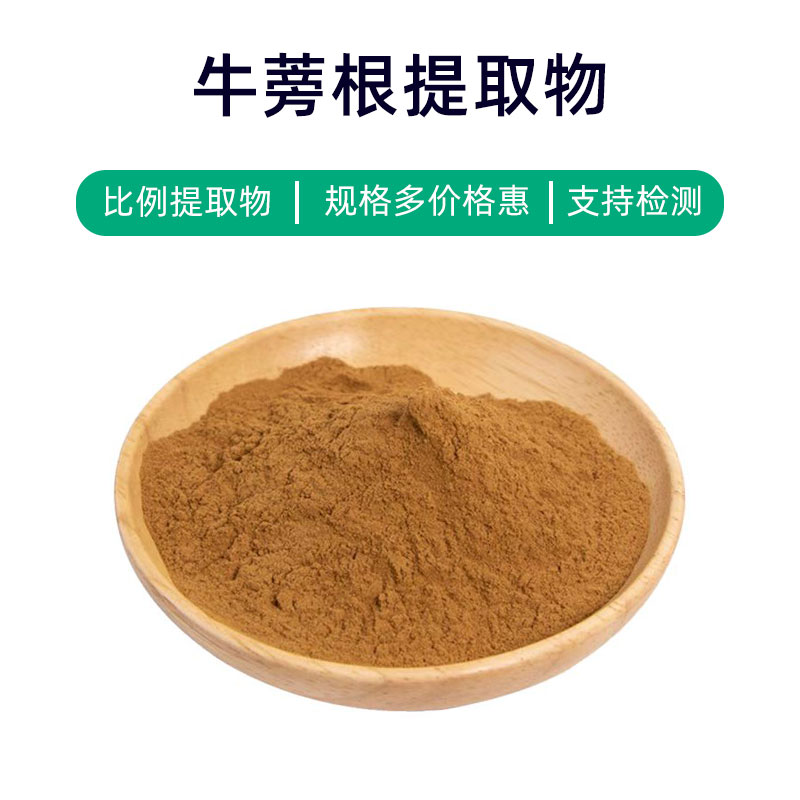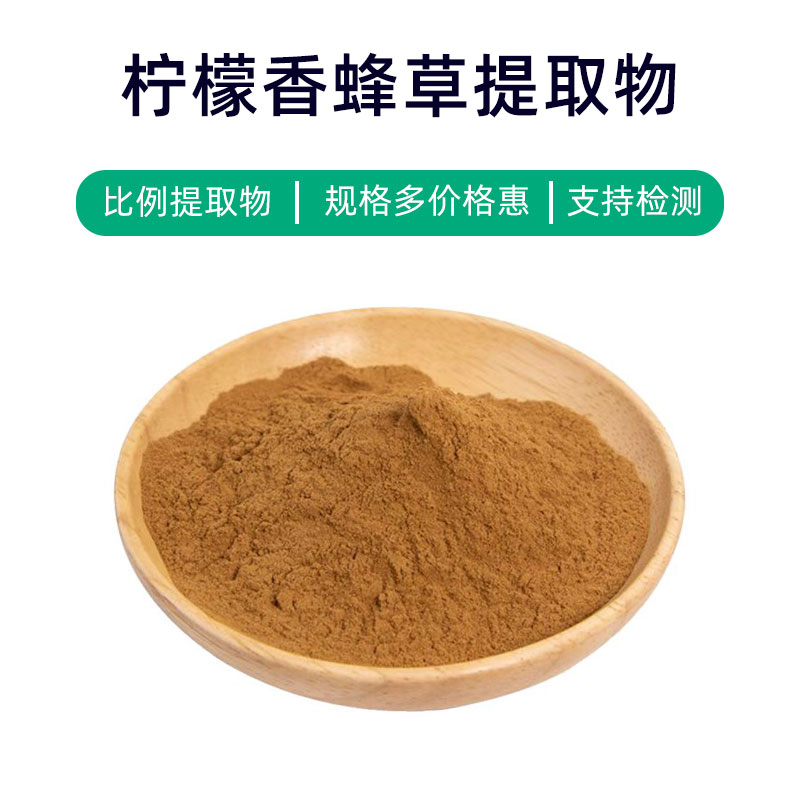Litchi Seed Extract Product Introduction
Litchi seed extract is a natural plant extract derived from the seeds of litchi fruit, rich in active components such as polyphenolic compounds, flavonoids, and vitamin C. Its main benefits include antioxidant, beauty and skincare, anti-inflammatory, and antibacterial effects. As a natural antioxidant, litchi seed extract effectively removes free radicals, slows down skin aging, and improves complexion, making the skin softer and smoother. Additionally, it has anti-inflammatory and antibacterial properties, helping to alleviate skin inflammation and prevent issues such as acne. In cosmetics, litchi seed extract is often used in skincare products, masks, lotions, and more, to enhance their antioxidant and anti-aging effects, improve skin texture, and boost skin health and radiance. In the realm of health supplements, litchi seed extract is also made into oral supplements for enhancing immunity and improving skin health. Overall, litchi seed extract is a multifunctional natural plant extract with wide application potential in skincare products, cosmetics, and health supplements, providing dual benefits for beauty and health.
Litchi Seed Extract Production Process
The production process of litchi seed extract typically includes the following steps:
- Collection: First, mature litchi fruits are collected, and the fruits are separated to obtain the pulp and seeds.
- Separation: The litchi seeds are separated from the pulp, usually by mechanical or manual methods.
- Washing: The separated litchi seeds are cleaned to remove surface impurities and dirt, ensuring the purity of the extract.
- Drying: The cleaned seeds are typically dried to remove moisture; common drying methods include air drying and baking.
- Milling: The dried seeds are ground using mechanical grinding equipment to produce a powder or granule form.
- Extraction: The ground seeds are placed in extraction equipment and extracted using suitable solvents, commonly water or ethanol.
- Filtration: The extracted litchi seed solution is filtered to remove solid impurities and residues, yielding a clear extract.
- Concentration: The litchi seed extract solution is concentrated to remove excess solvent and retain the concentrated extract.
- Purification: Further purification of the concentrated extract is performed to enhance the extract's purity and quality.
- Testing: Quality testing of the final litchi seed extract ensures compliance with relevant standards and regulations.
- Packaging: The quality-approved litchi seed extract is packaged, commonly in bags or bottles, to ensure safe and stable storage and transportation.
- Storage: Finally, the packaged litchi seed extract is stored in a dry, cool, well-ventilated environment away from direct sunlight and moisture to ensure quality and stability.
Litchi Seed Extract Effects and Side Effects
As a natural plant extract, litchi seed extract has multiple benefits and effects, mainly including the following:
- Antioxidant Effects: Litchi seed extract is rich in natural antioxidants like polyphenolic compounds and vitamin C that can eliminate free radicals in the body, reducing cellular oxidative damage and slowing the aging process.
- Anti-Inflammatory Effects: It contains components with anti-inflammatory properties that can inhibit the occurrence and development of inflammatory responses, alleviating symptoms of inflammation-related diseases.
- Skin Protection: Litchi seed extract offers moisturizing, nourishing, and skin-repairing effects, improving issues like dryness and roughness, resulting in smoother and softer skin.
- Antibacterial Effects: Some components have antibacterial properties, inhibiting the growth of bacteria and fungi, providing preventive and therapeutic effects against skin infections and inflammation.
- Digestive Benefits: Certain components in litchi seed extract can promote digestion, increase gastrointestinal motility, aid in food digestion and absorption, and relieve symptoms of indigestion and gastrointestinal discomfort.
- Improved Sleep: The extract contains components that have a calming effect, helping to alleviate anxiety and insomnia and improve sleep quality.
Despite its various benefits, the following precautions should be noted when using litchi seed extract:
- Use as directed by a physician or according to product guidelines to avoid excessive or prolonged use.
- Some individuals may experience allergic reactions; if symptoms such as skin redness and itching occur, discontinue use immediately and consult a doctor.
- Some people may be intolerant to litchi seed extract; if symptoms like indigestion and gastrointestinal discomfort arise, reduce the dosage or cease use.
- Long-term excessive use may lead to adverse effects, such as liver and kidney damage, so cautious use and regular health monitoring are advised.
Overall, litchi seed extract is a natural plant extract with multiple benefits, but it is essential to pay attention to dosage, usage methods, and potential adverse reactions to ensure safe and effective use.
Litchi Seed Extract Application Scenarios and Dosage
Litchi seed extract has wide applications in the pharmaceutical, food, and cosmetic fields. Here are specific applications and dosage guidelines for each sector:
- Pharmaceutical Applications:
- Antioxidant and Anti-Inflammatory Drugs: Litchi seed extract, rich in antioxidants, can be used to prepare antioxidant and anti-inflammatory medications.
- Liver Protection Drugs: Due to its protective effects on the liver, it can be used in liver health medications.
- Antibacterial Medications: Litchi seed extract can also be utilized to prepare antibacterial drugs with its inhibitory effects on bacteria and fungi.
- Food Applications:
- Natural Coloring Agents: Rich in natural pigments, litchi seed extract can serve as a food coloring agent in food processing.
- Food Preservatives: With antioxidant and antibacterial properties, it can be used as a food preservative to extend shelf life.
- Flavoring Agents: Its unique aroma and taste make it suitable as a flavoring ingredient in foods.
- Cosmetic Applications:
- Skincare Products: The moisturizing, nourishing, and antioxidant properties of litchi seed extract make it an excellent ingredient in creams and lotions.
- Cleansing Products: It can be used in facial cleansers and face wash products for its cleansing and astringent effects.
- Fragrances: With its distinctive scent, it can be included in perfumes and scented products.
When using litchi seed extract, the method and dosage should be determined based on the specific application scenario and product formulation. Generally, products in the pharmaceutical and cosmetic sectors require professional formulation design and clinical testing, with dosages following the formulation requirements. In the food sector, litchi seed extract is typically used as a food additive, and the amount must comply with national standards and regulations, not exceeding the maximum permissible dosage.
It is important to perform skin sensitivity tests for some individuals who may have allergic reactions. If any discomfort arises, discontinue use immediately and consult a health professional.
Litchi Seed Extract Source Plant Introduction, Distribution, and Growth Environment
Litchi seed extract comes from the litchi tree, scientifically known as Litchi chinensis, a perennial evergreen fruit tree belonging to the Sapindaceae family. Here are detailed descriptions of the litchi tree's plant characteristics, distribution, and growth environment.
Plant Characteristics:
The litchi tree is an evergreen tree that can grow up to 10-15 meters tall with a dense crown. Its bark is grayish-brown, fissured, and sheds, with a sturdy trunk and a crown that is round or broadly oval. The leaves are dark green, compound, and typically 10-25 cm long, with leaflets that are ovate or elliptical and young leaves that have a reddish or pinkish tinge. The flowers bloom in fragrant, small clusters. The fruit is spherical or oval, smooth-skinned, and can be red or yellow, with juicy and sweet flesh.
Distribution:
The litchi tree is native to regions in southern China, such as Guangdong, Guangxi, and Fujian, and it has since been introduced to other Asian countries and tropical and subtropical areas. Today, litchi trees are widely distributed in parts of Asia, Africa, Australia, and the Americas. In China, key production areas include Guangdong, Guangxi, Fujian, and Hainan, where the climate is warm and humid, making it ideal for litchi growth.
Growth Environment:
Litchi trees prefer warm, humid climates with high light requirements but can tolerate some degree of cold. The optimal growth temperature is between 20-30 degrees Celsius. While they are not particularly strict about soil type, they thrive best in loose, fertile, well-drained soils. Ample water supply is necessary during the growth period, especially during the fruit development phase. Additionally, appropriate fertilization and pruning are essential to enhance litchi yield and quality.
In summary, the litchi tree is well-suited for growth in tropical and subtropical regions, primarily found in China but also widely distributed globally, providing ample raw materials for litchi seed extract production.
Litchi Seed Extract Processing and Storage Preservation
The processing of litchi seed extract typically includes the following steps: first, fresh litchi seeds are collected; then, they are washed and processed to remove any remaining skin and pulp. Next, the cleaned litchi seeds are crushed or ground to enhance extraction efficiency. Subsequently, appropriate extraction methods (such as water extraction or alcohol extraction) are employed to extract the target components. Finally, through processes such as filtration, concentration, and drying, litchi seed extract is obtained.
For storage preservation, litchi seed extract should be kept in a dry, cool, ventilated area, avoiding direct sunlight and high-temperature environments. It’s recommended to use sealed containers to prevent moisture and contaminants from entering. Additionally, care should be taken to avoid contact with harmful substances to ensure the quality and stability of the extract.
Monica Sun is a seasoned expert in the plant extraction industry with over a decade of experience in research and production. She specializes in the extraction and purification of plant active ingredients, focusing on driving innovation in natural product applications. Monica has participated in the development of multiple functional plant extracts, delivering high-value natural raw material solutions for the health food, pharmaceutical, and dietary supplement sectors.









